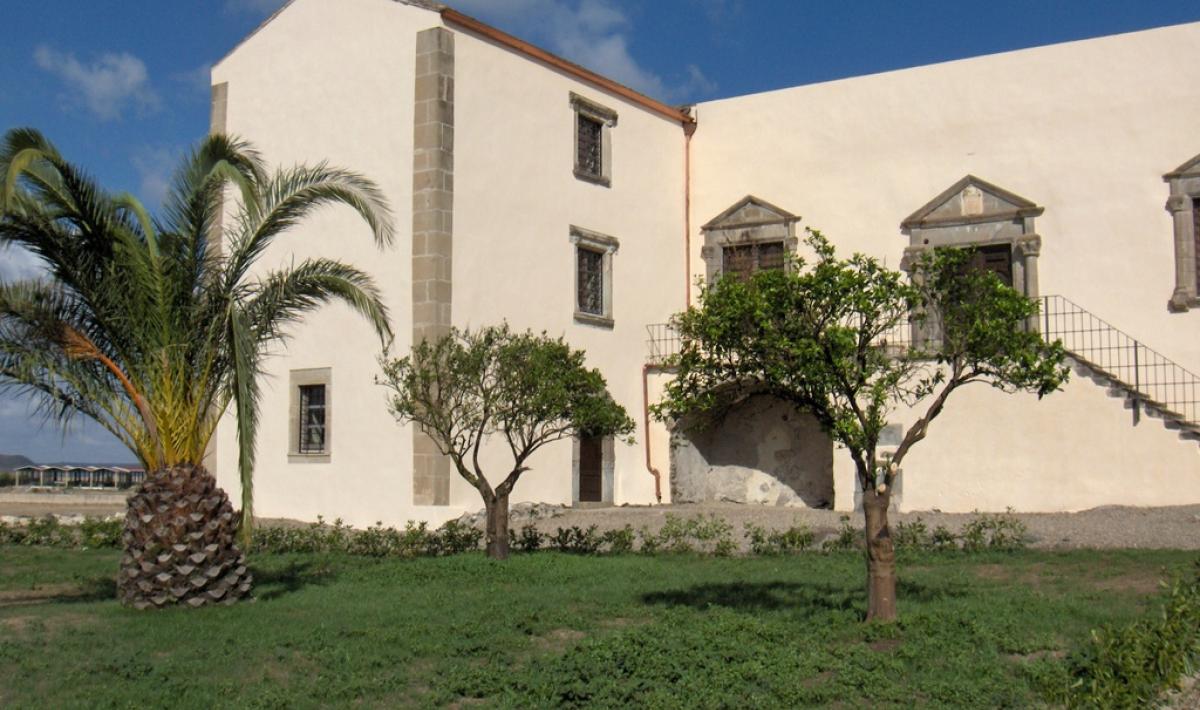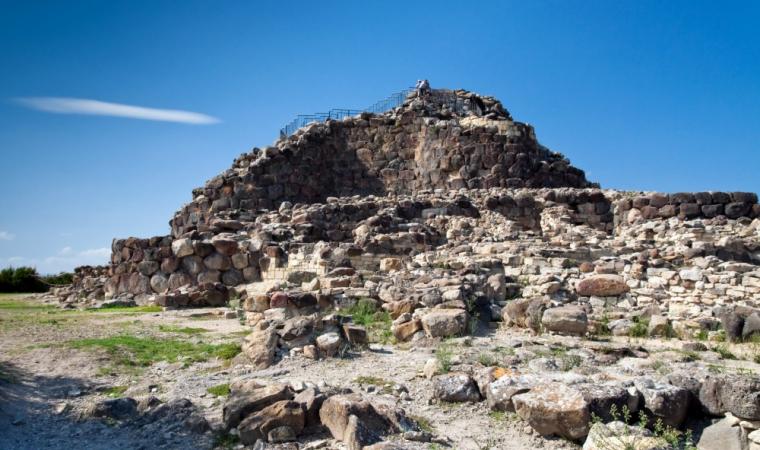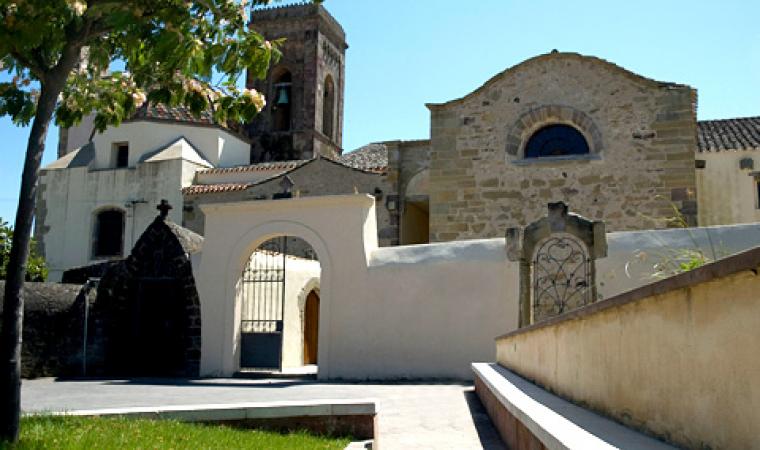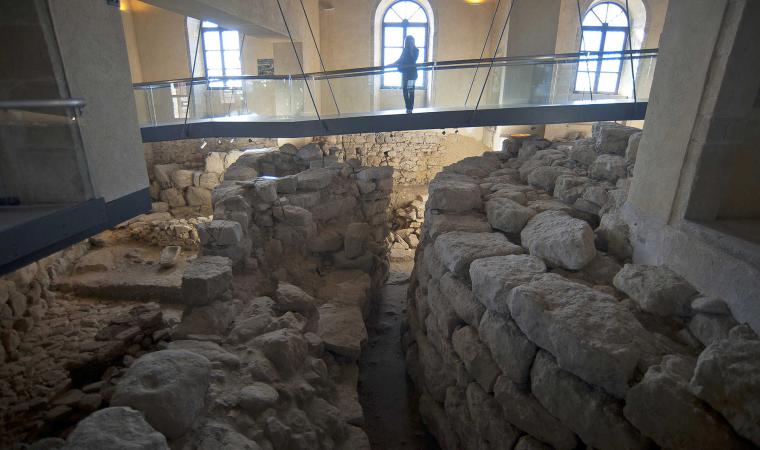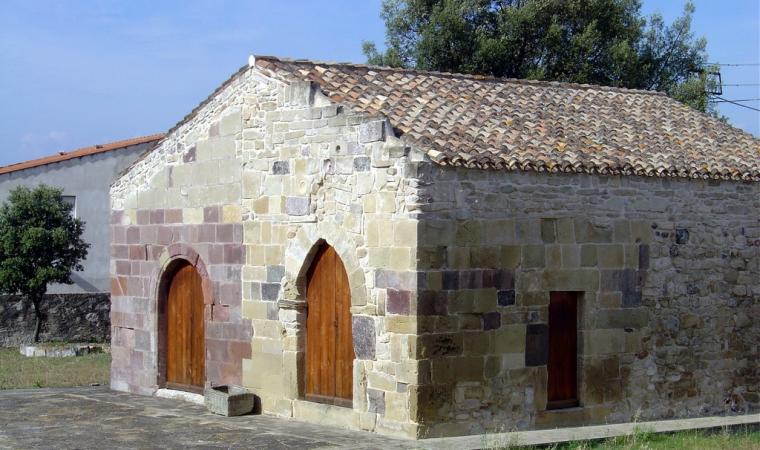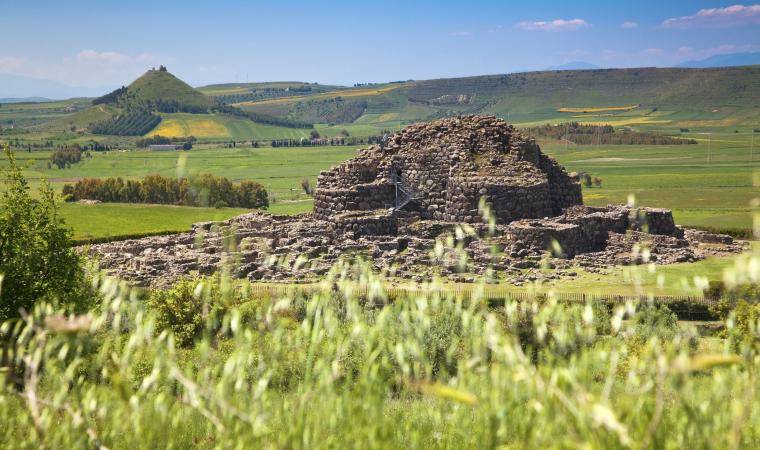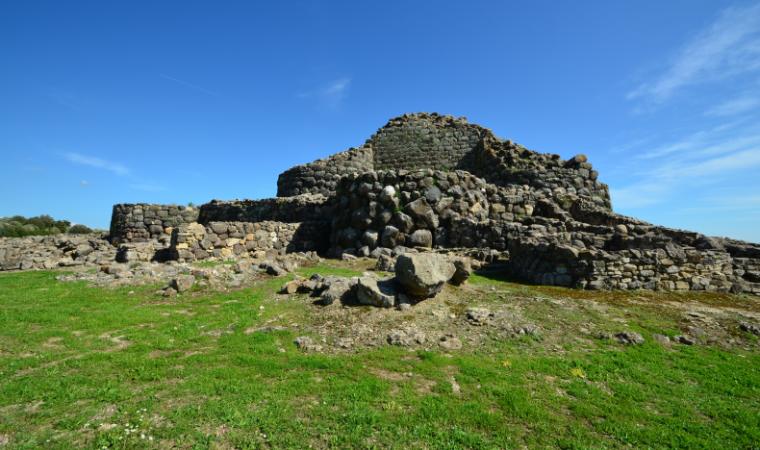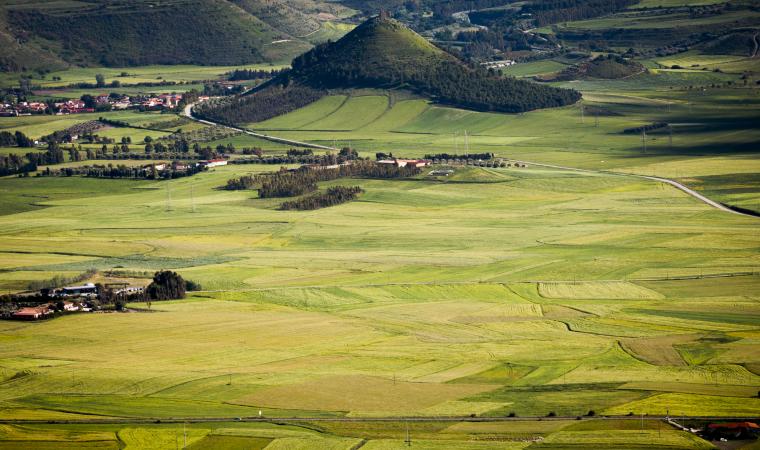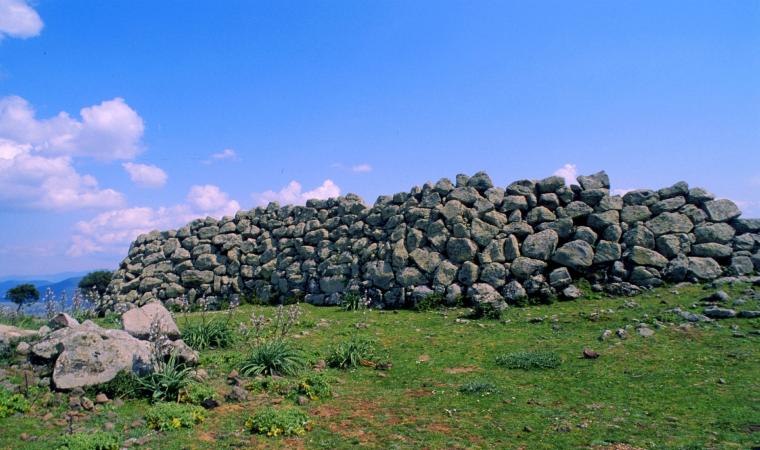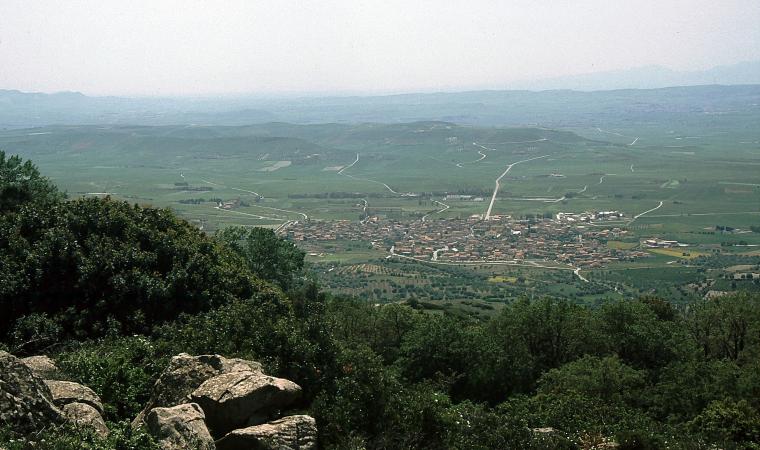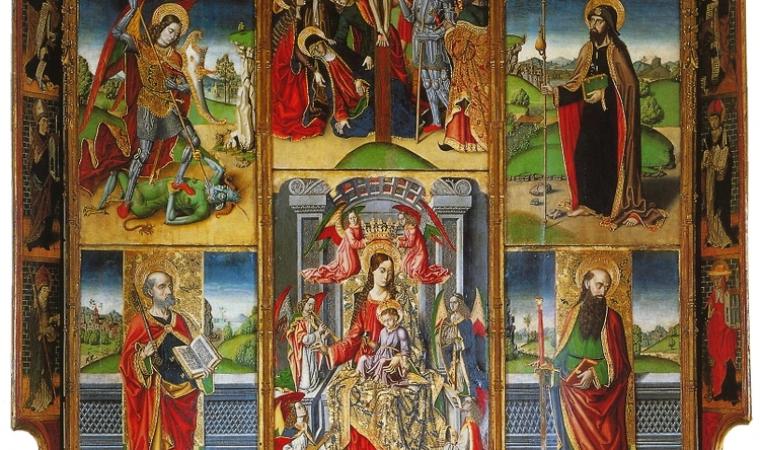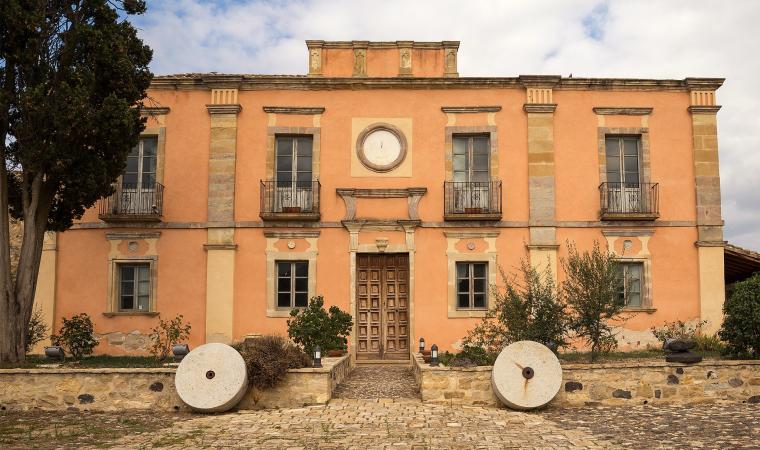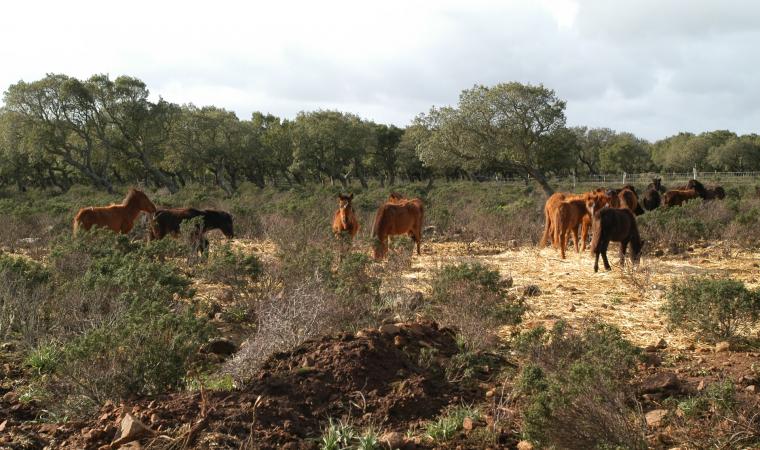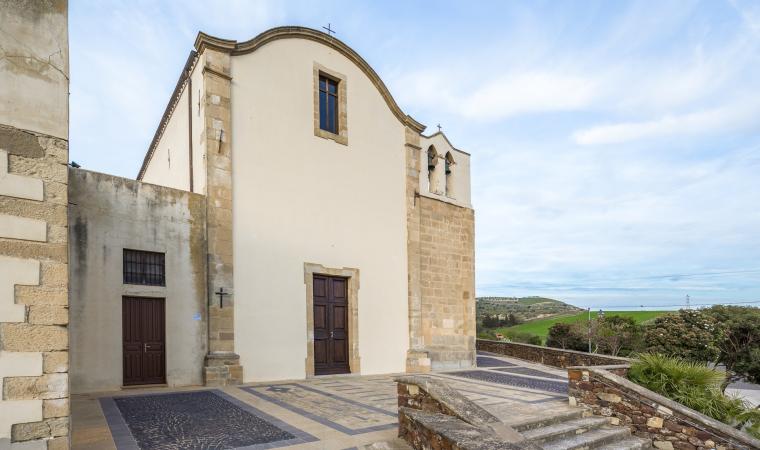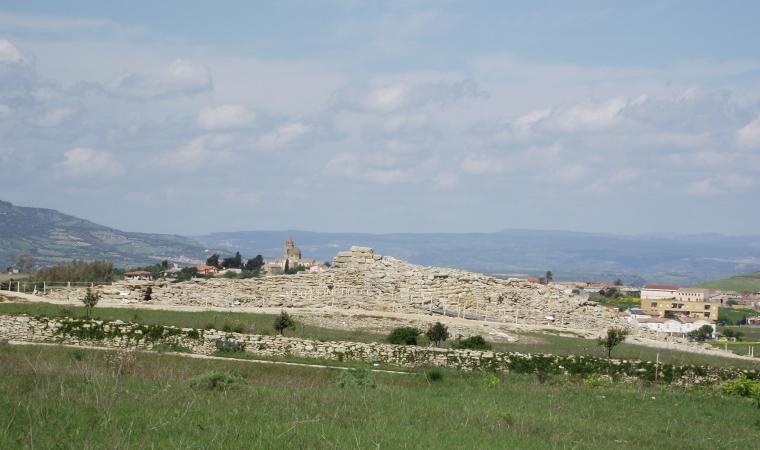In the centre of the Marmilla region, in the valley of the Mannu river, at the foot of the Giara, there is a special atmosphere: ever since prehistoric times, Barumini was the main centre of a very rich territory, with a population of approximately one thousand 300 inhabitants today. It is one of the most captivating places of culture on the Island. At the entrance to the residential area, there is a monumental complex that has made it world-famous: Su Nuraxi, the only archaeological site in Sardinia declared a UNESCO World Heritage Site (1997). Not only is it the most impressive (and most well-preserved) of the thirty Nuragic sites, but it is, above all, the most precious inheritance left to us by the Nuragic civilization. The archaeological excavations took place in the middle of the 20th century by Giovanni Lilliu. The cultural centre located a short distance from the nuraghe was named after 'the father' of Sardinian archaeologists and events, concerts, and archaeological and crafts exhibitions (permanent and temporary) take place here, in this incomparable setting.
Su Nuraxi, made entirely from basalt blocks, reveals two thousand years of stratification, from the 16th century BC to the 7th century AD. It is a complex nuraghe, consisting of a bastion with a central tower (18 metres tall) and four corner towers. All around it, there is a maze of 50 huts (dating back to the Final Bronze Age), wells and cisterns. Another trilobed nuraghe also bears witness to the prehistoric origins of Barumini. and is located in the centre of the village, dating back to the 16th century BC, the Nuraxi e' Cresia ('nuraghe of the church') that was unearthed during the renovation of Casa Zapata, a splendid residence of the Aragonese barons (who arrived in Sardinia in 1323), built in the mid-16th century and a rare example of renaissance-inspired Spanish civil architecture. The noble palace, along with the garden and courtyard, have been the site of a museum centre since 2006, inside which two towers from the Nuragic monument are kept and can be viewed from above, thanks to suspended walkways and transparent floors. In the archaeological section of the museum (managed by the Fondazione Barumini Sistema Culture) there are 180 artefacts on show, found in the nearby Nuraxi. The other sections, set up in the rural courtyard, are historical-archival and ethnographic, where the regional museum of the Launeddas, traditional three-piped musical instruments, is also located.
Barumini was also inhabited in the period that followed, as is evident in the traces of walls from the Roman era. In the Middle Ages it was annexed to the Giudicato of Arborea: there are still beautiful examples of religious architecture in its old town centre: the ancient Pisan church of San Nicola and the 13th century church of San Giovanni. The basalt plateaus of the nearby Giara, the home of the famous little horses with a mysterious origin, is the best place for trekking and bicycle tours: you will be able to observe them as the gallop around the centuries-old cork oaks, downy oaks, holm oaks, Mediterranean scrub and little temporary lakes of Is Paulis.

